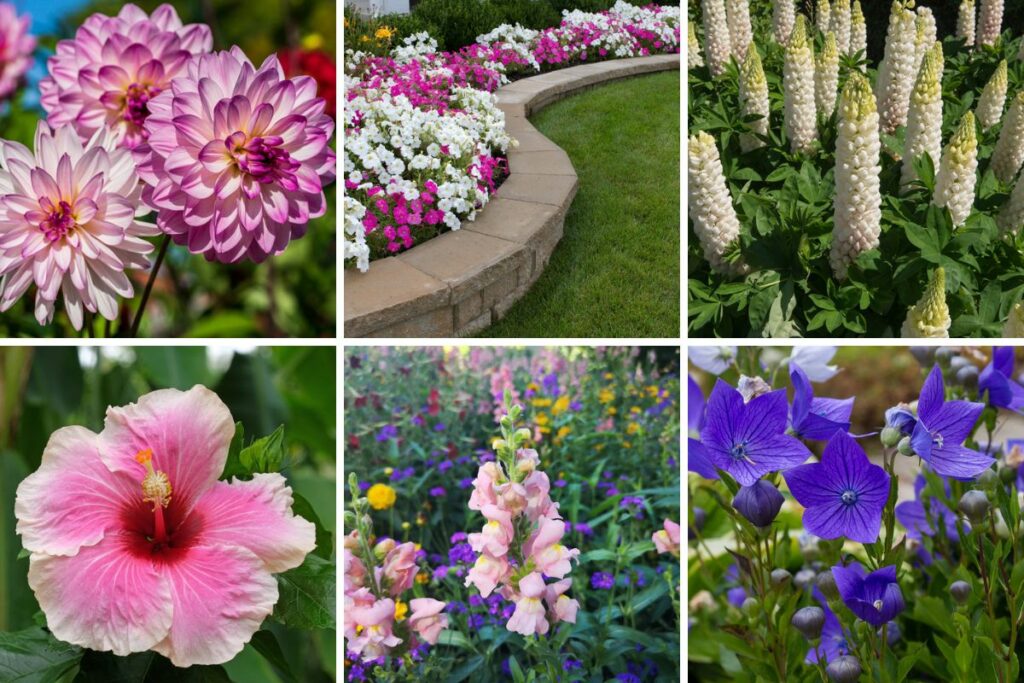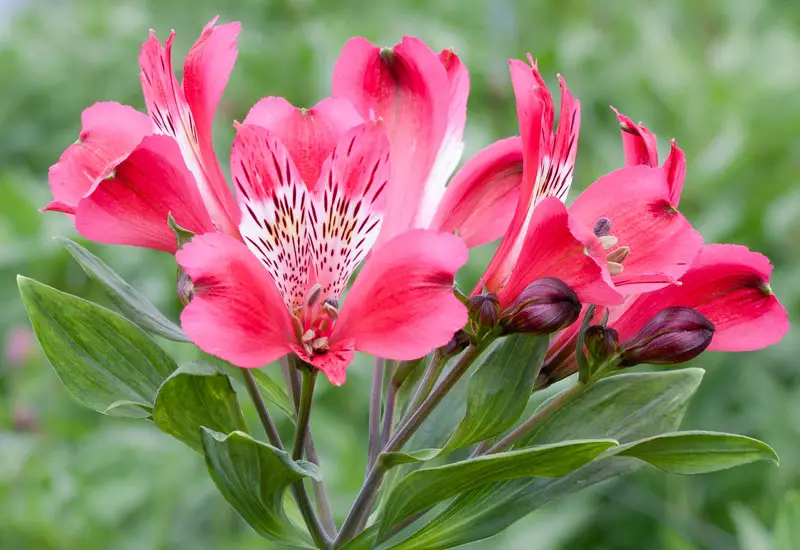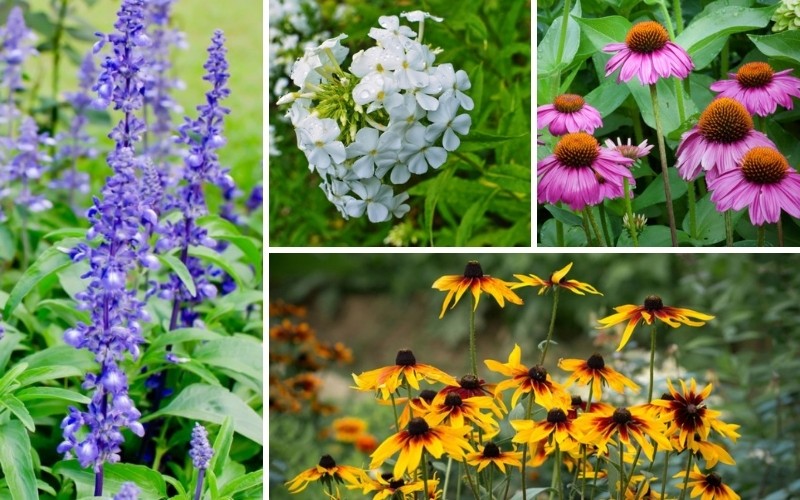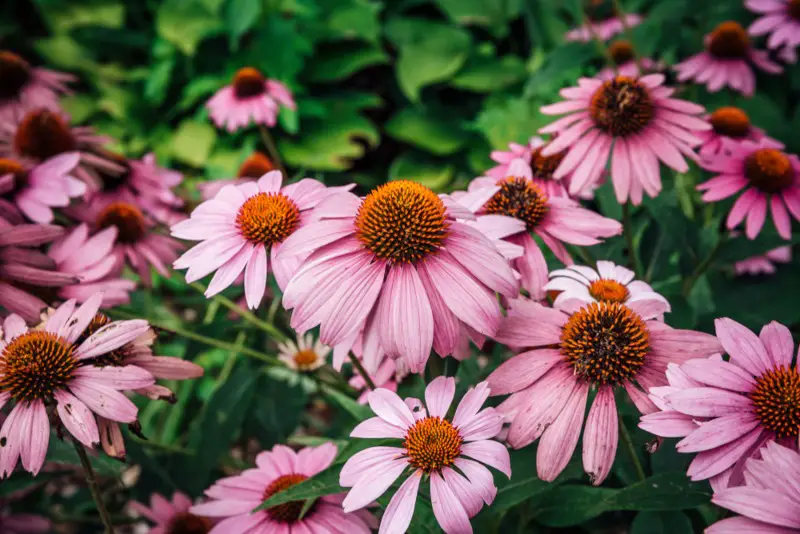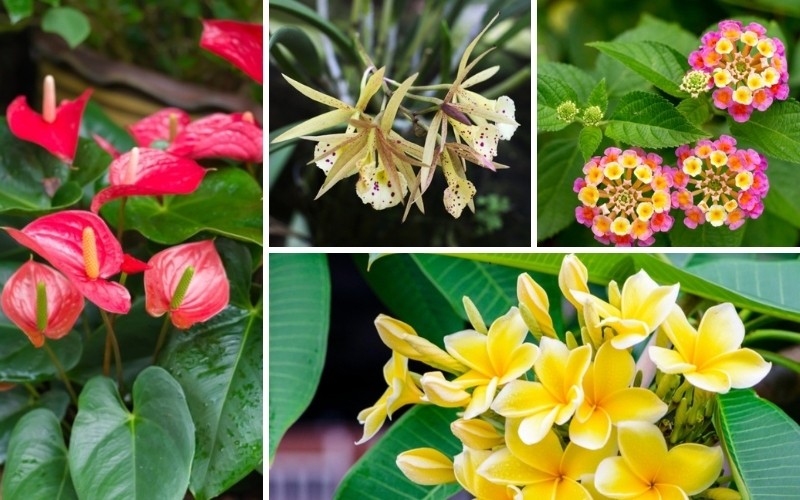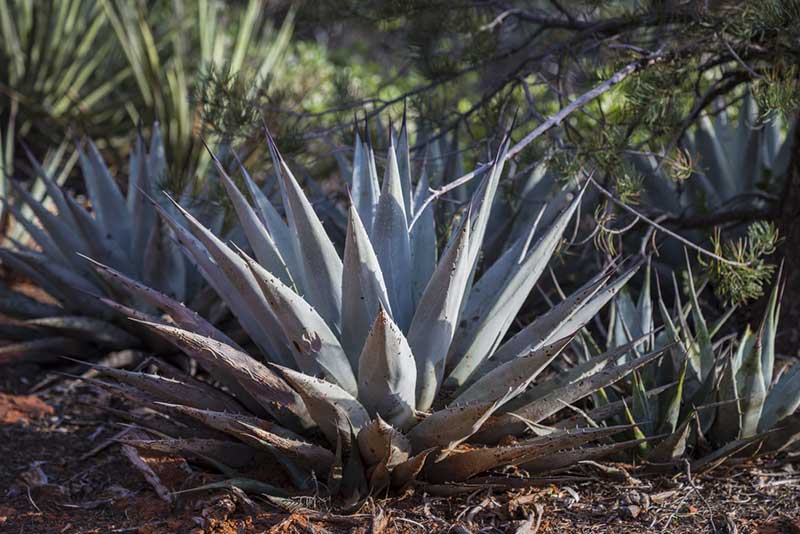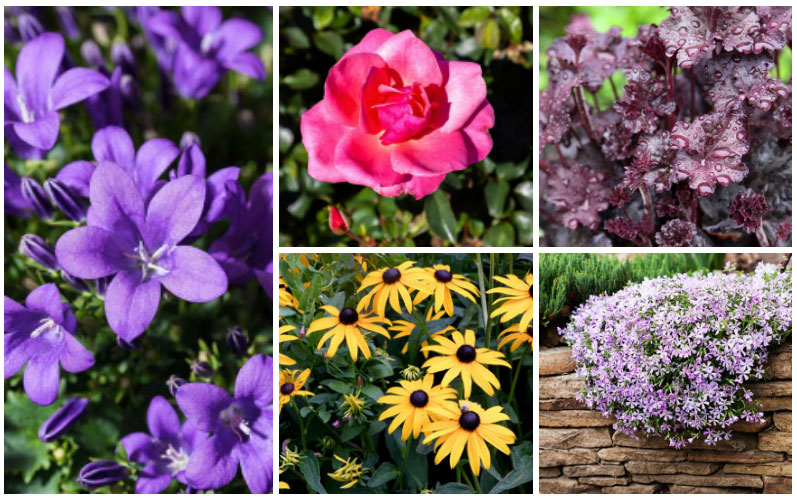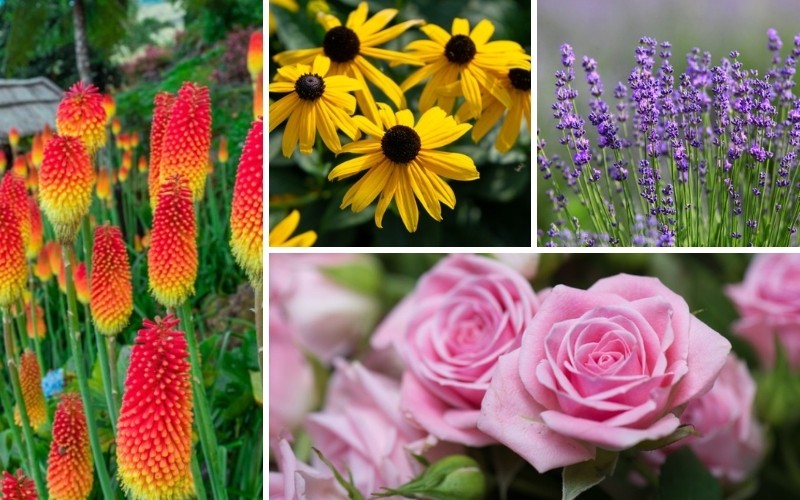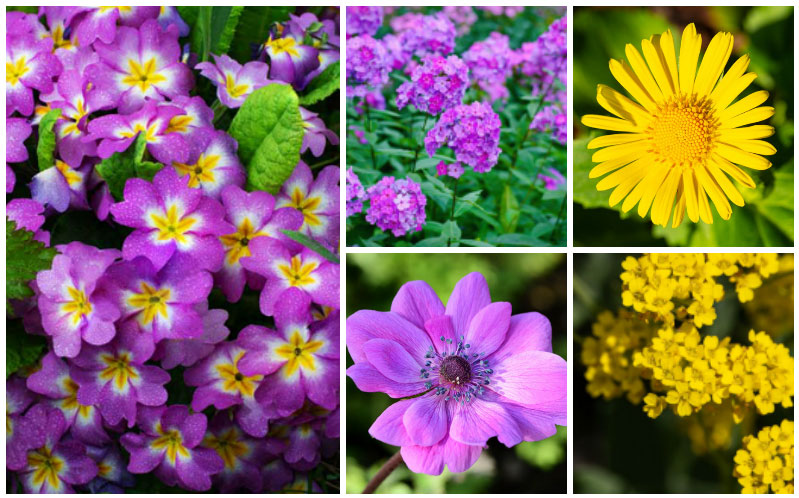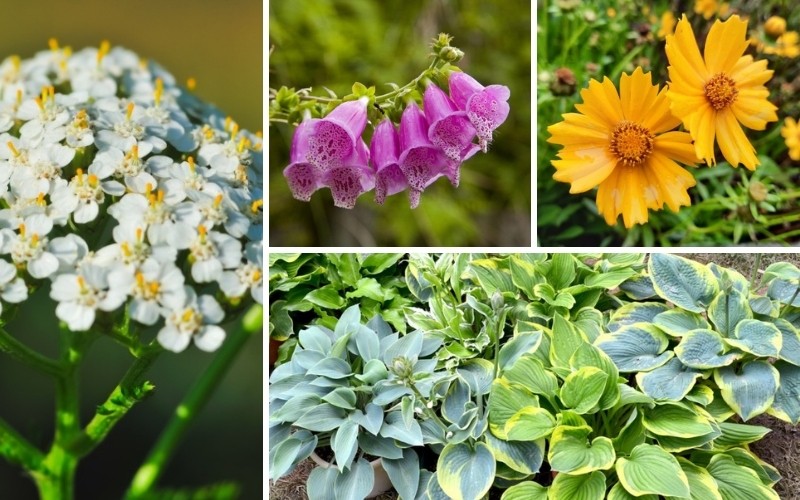
When choosing flowers for your Alabama perennial bed always check that the USDA plant hardiness zone matches the zone you live in. Keep in mind that many perennials bloom sparingly the first year and may take 2 to 3 years to reach their mature glory. After they are established, most require lifting and dividing the plants every 3 to 5 years to keep them at their peak. Otherwise, mulching, watering, yearly fertilizing and weeding is all that is required to keep your perennial bed in order.
The perennial bed is the mainstay of lush landscapes as it provides a colorful backdrop that changes through the seasons. When planted with flowers that bloom at different times, it can provide color all year long with minimal upkeep. Establishing a perennial bed can take several years, but once the foundation is laid it will reward you with years of beautiful flowers and foliage. To create a perennial bed in Alabama, you will need to choose perennials that thrive is USDA plant hardiness zones 7a to 9b. Fortunately there are many varieties to choose from to make your perennial bed your own.
Foxglove (Digitalis purpurea)
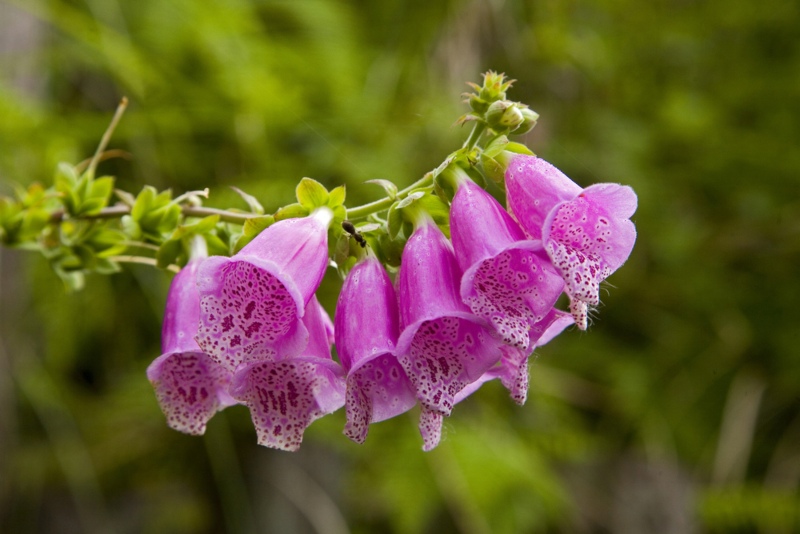
Foxglove is a delightful spring blooming perennial that produces tubular flowers along a tall upright stalk. Flower color ranges form white to varying shades of pink with attractive speckled throats. It attracts bees, butterflies and hummingbirds and blooms in the late spring after spring bulbs have faded. It prefers partial shade, but will grow in full sun. Foxglove ranges in height from a mere 1 to 2 feet to 4 feet or more depending on the variety and the growing conditions. It prefers average soil that drains well. It is hardy in USDA plant hardiness zones 4 through 10.
See our guide on growing Foxglove here
Daylily (Hermerocallis spp.)
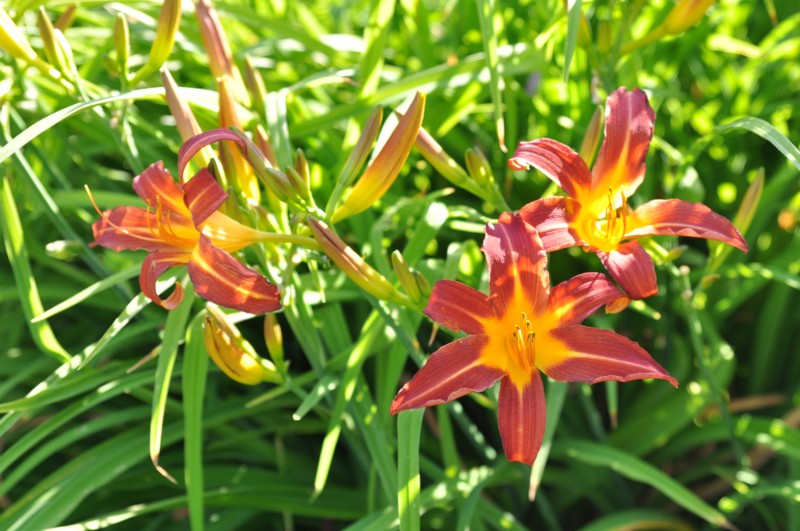
Daylilies come in a wide variety of colors and bloom for several weeks in midsummer. Although each bloom only lasts a day, the plant produces new buds and flowers each day giving the illusion that these delightful flowers are in bloom for a month or more. They prefer full sun and relatively moist, well drained soil but will tolerate partial shade. Most daylilies are hardy in USDA plant hardiness zones 4 through 9.
False Indigo (Baptisia australis)
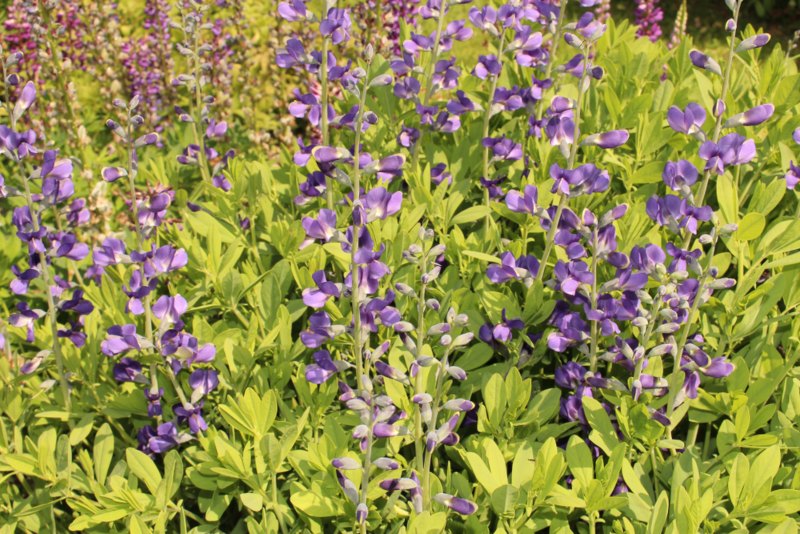
False indigo blooms in late spring producing tall stalks lined with small pea-like flowers in a rich blue. Foliage is attractive and blue-grey. The plant reaches heights of 3 to 4 feet with the flower stalk towering above. Blooms last for 2 to 3 weeks, but the foliage remains attractive and makes a nice backdrop for shorter flowers. It prefers full sun and average well-drained soil. It is hardy in USDA plant hardiness zones 3 through 10.
See our guide on growing False Indigo here
Hosta (Hosta spp.)
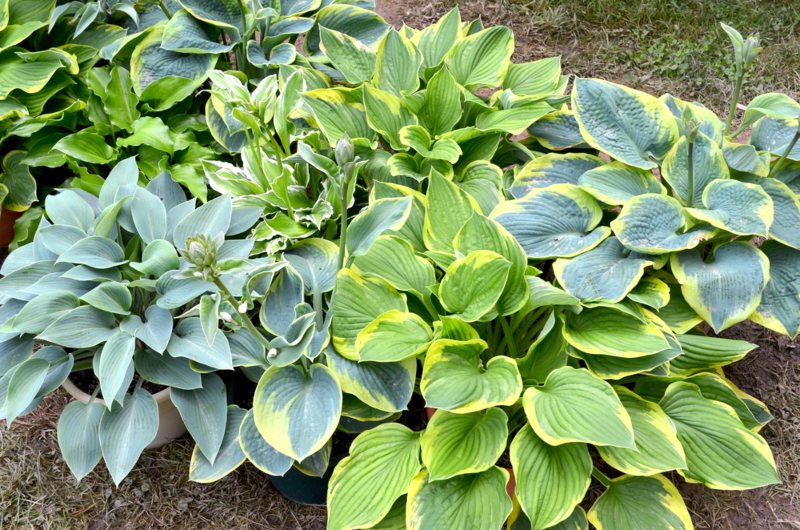
For long-lasting color in the flower bed, add a hosta or two. These plants are primarily grown for their attractive foliage that can range from solid green or blue-green to many variegated varieties with white and gold accents. These easy-to-grow plants create a mound of foliage and big gorgeous leaves. They do bloom in mid-summer, but the blooms are often indistinct. Plant hostas in partial shade in rich, well drained soil and keep them evenly moist to retain their beauty all summer. They benefit from some shade from the hot afternoon sun. It is hardy in USDA plant hardiness zones 3 through 9.
See our guide on growing Hostas here
Coneflowers (Echinacea spp.)
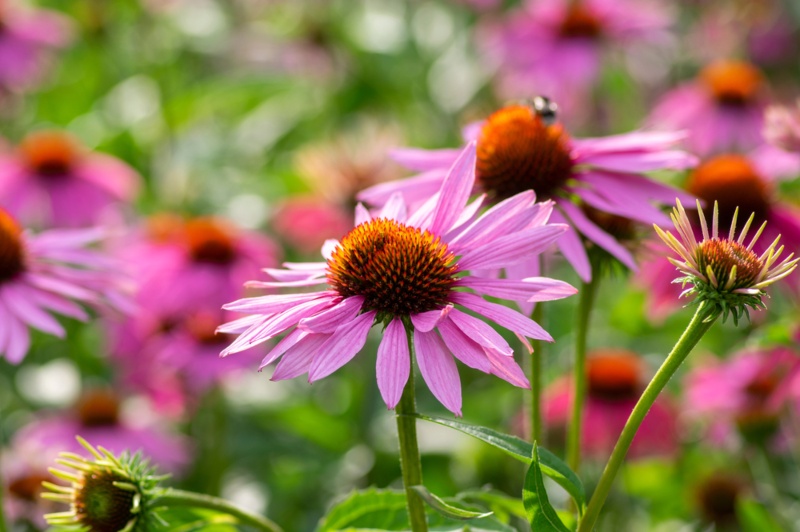
Coneflowers provide long-lasting color from early summer to frost. These huge daisy-like blooms range in color from the traditional purple coneflower to pink, yellow and white. The colorful petals fold backward revealing a distinct contrasting center making coneflowers a showstopper in the perennial bed. They attract both bees and butterflies. They prefer full sun and average soil that drains well. It is hardy in USDA plant hardiness zones 3 through 8, depending on the variety.
Shasta Daisy (Leucanthemum H superbum)
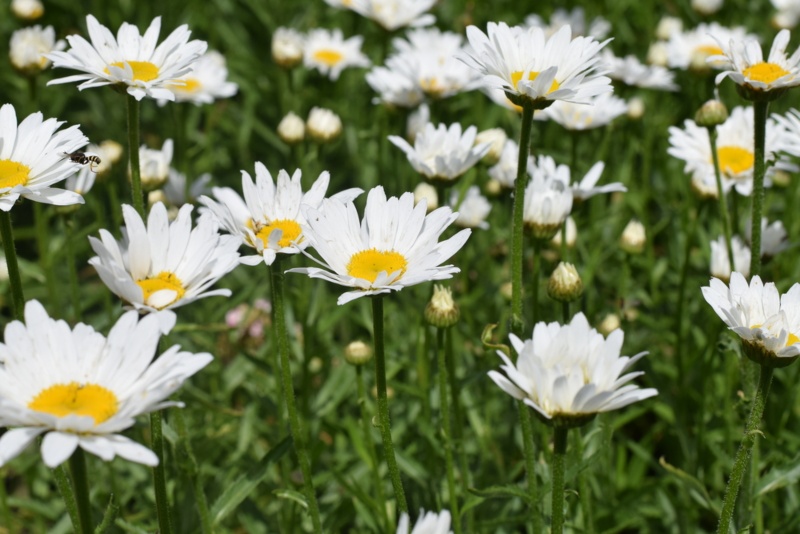
Shasta daisies create bright contrast in the perennial bed and can be paired with any color. When planted with roses and foxglove, they lend an airy cottage garden feel to the perennial bed. These snowy white flowers attract bees and butterflies and seem to sway in the breeze adding gentle movement to the flower bed. They prefer full sun but will grow in partial shade. Plant shasta daisies in front of bolder flowers to add texture and contrast to the bed. Shasta daisies can also be used to line walkways or tucked in with fragrant herbs in a seating area. It is hardy in USDA plant hardiness zones 5 through 9.
Russian Sage (Perovskia atriplicifolia)
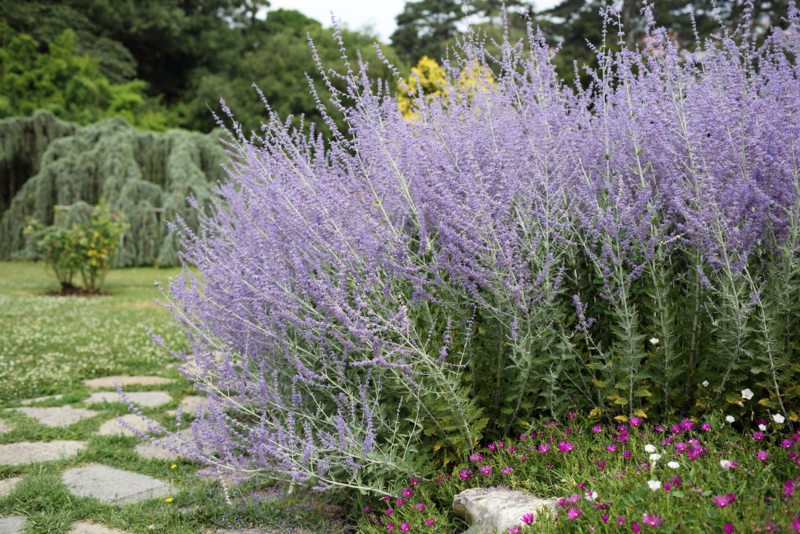
Russian sage produces graceful slightly arching branches covered with blue-green foliage and a profusion of tubular blue flowers. This plant resembles lavender and gives off a definite herbal scent. It begins blooming in early summer and continues to bloom for months. It attracts bees and butterflies and prefers full sun. It does, however, take a few years to become fully established and reach maturity. Mulch with organic mulch and water your Russian sage regularly to keep it at its prime. It is hardy in USDA plant hardiness zones 5 through 9.
Coreopsis (Coreopsis spp.)
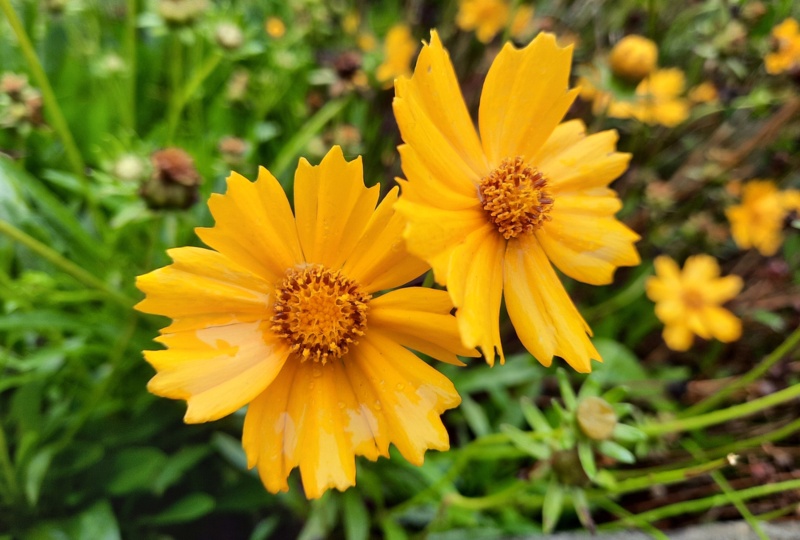
Coreopsis produces a profusion of yellow or orange daisy-like flowers from early summer until the fall. Flowers may be single or double petaled, depending on the cultivar. It prefers full sun and average well drained soil but will tolerate poor soil. It is also tolerant of some drought. Pair coreopsis with other flowers in shades of blue and purple for a striking contrast in the garden. Coreopsis tends to spread easily so plant it in an area where it can naturalize or keep new shouts around the base at bay with a layer of organic mulch. It is hardy in USDA plant hardiness zones 4 through 9, depending on the cultivar.
Yarrow (Achilla spp.)
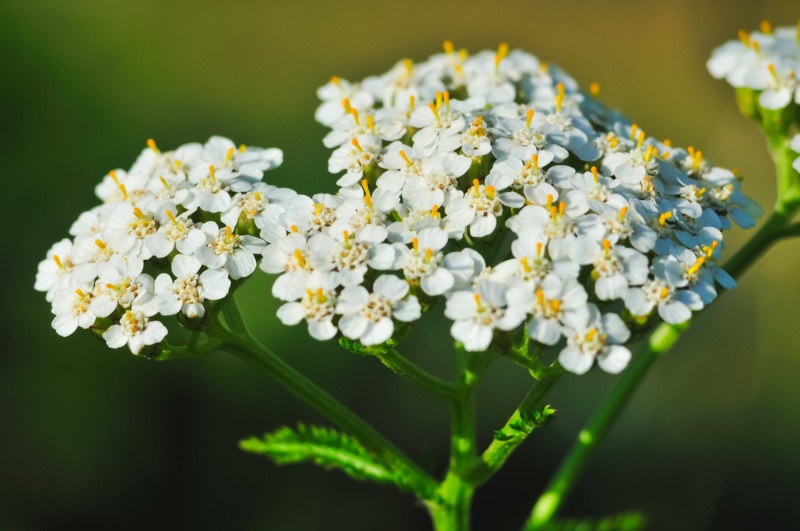
Yarrow is a hardy perennial that tolerates both dry and poor soil. It prefers full sun but will tolerate some shade. Yarrow comes in a wide variety of cultivars that range from ground covers in pink, red and white (like common yarrow) to varieties that reach 4 feet or more. The flat-topped heads are attractive and long-lasting and can even be dried for floral arrangements. Yarrow typically blooms in late spring to early summer. It is hardy in USDA plant hardiness zones 2 through 10, depending on the cultivar.
Iris hybrids
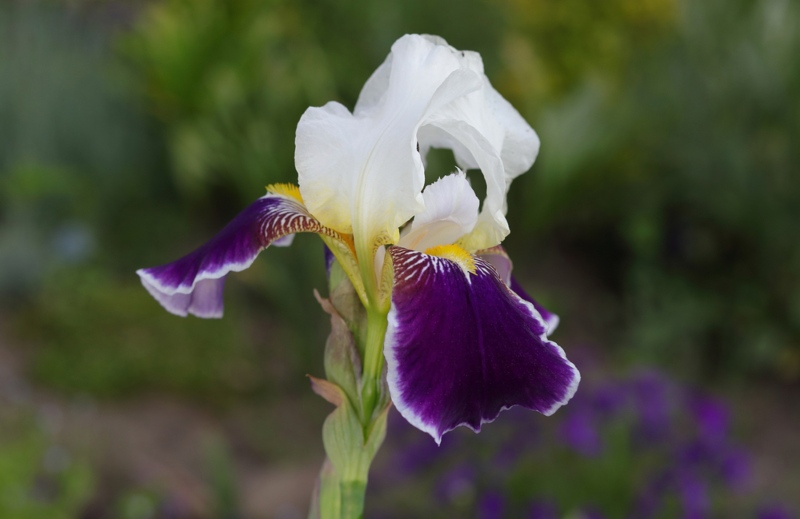
Irises bloom from late spring or early summer, depending on the cultivar. These showy flowers add bright color to the flower bed and range in height from 2 to 4 feet. Colors range from lovely shades of blue or purple to yellow and white. Irises attract bees and butterflies. They prefer full sun, but will tolerate partial shade. Iris bulbs need to be lifted and separated every 3 to 5 years or whenever they become overgrown. It is hardy in USDA plant hardiness zones 3 through 10.





